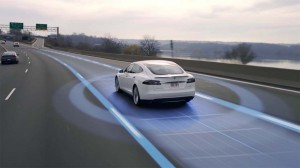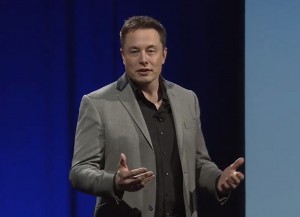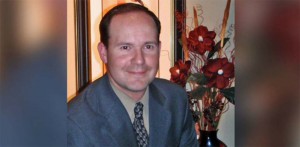Tesla plans to update the Autopilot semi-autonomous driving system that has been linked to one fatal crash and possibly two other accidents, said the automaker’s CEO Elon Musk.
The South African-born entrepreneur also responded to concerns raised by the National Highway Traffic Safety Administration which has launched an investigation into the crashes. NHTSA has also faulted Tesla for a non-disclosure agreement owners are required to sign, warning that it could hinder reporting of problems with Tesla vehicles.
“There is no car company in the world that cares more about safety than Tesla and our track record reflects that,” the carmaker said in a blog post on its website.
But the maker has also said it is working with German auto supplier Bosch to enhance the effectiveness of the Autopilot system now offered on both its Model S sedan and Model X SUV.
(Consumer Reports wants AutoPilot shut off. Click Here for that story.)
Separately, Musk said he is planning to release what he has described as Tesla’s “Top Secret Masterplan” on Monday, sometime after the launch of a rocket by his other company, SpaceX. The masterplan, believed to detail new product offerings by Tesla, was originally expected last week. It is unclear if it was delayed due to all the media coverage of the crashes possibly linked to Autopilot.
A number of automakers are hoping to get fully autonomous vehicles into production early in the coming decade. In the meantime, they are moving forward with increasingly sophisticated systems like Tesla’s Autopilot, which can assist the driver in a number of duties.
While Tesla has advised owners that the technology does not permit full, hands-free driving, it has also emphasized the technical sophistication of the system and that, critics contend, has led some owners to feel over-confident about Autopilot. One Youtube video, for example, shows a driver activating the system and then jumping into the backseat.
Former Navy SEAL Joshua Brown was killed on May 9 in Florida when the technology failed to detect a truck turning in front of his Model S battery-car. Tesla has since confirmed that the car’s video system couldn’t distinguish the truck against a bright sky, and its radar system confused the truck for an overhead sign.
Two other accidents this month have been blamed by their owners on Autopilot malfunctions, though Tesla has stated that it has “no data” to show the system was activated in at least one of those crashes, in Pennsylvania on July 1.
NHTSA has launched an investigation into the fatal crash in Florida, and the National Transportation Safety Board is setting up a similar probe. Tesla has been advised officials will need to testify before a Senate committee, as well.
(Nissan debuts its new, semi-autonomous ProPilot system. Click Here for the story.)
The automaker has issued data it says shows that its vehicles, using Autopilot, have had a lower rate of fatal crashes than the typical cars on the road. And the company is downplaying concerns that its non-disclosure agreement has led owners to withhold information on safety problems with Tesla vehicles.
But in a weekend blog post, CEO Musk also acknowledged that it has been working on updates to Autopilot that would make the technology more robust, especially in situations like the one that led to the death of 40-year-old Model S owner Brown in Florida.
The executive said Tesla had a “promising call” with supplier Bosch, which provides the forward-looking radar on the Models S and X, and that “significant improvements” to the system likely will be forthcoming. Tesla vehicles are equipped with systems that make it possible to use over-the-air, or OTA, updates for software-based issues, rather than requiring owners to come to a dealer service department.
As for the Tesla “Masterplan,” Musk is expected to outline future product and business plans that would go beyond the mainstream Model 3 battery-electric sedan the company is planning to launch during the second half of 2017.
(Hyundai working on 250-mile EV. Click Here for the story.)



